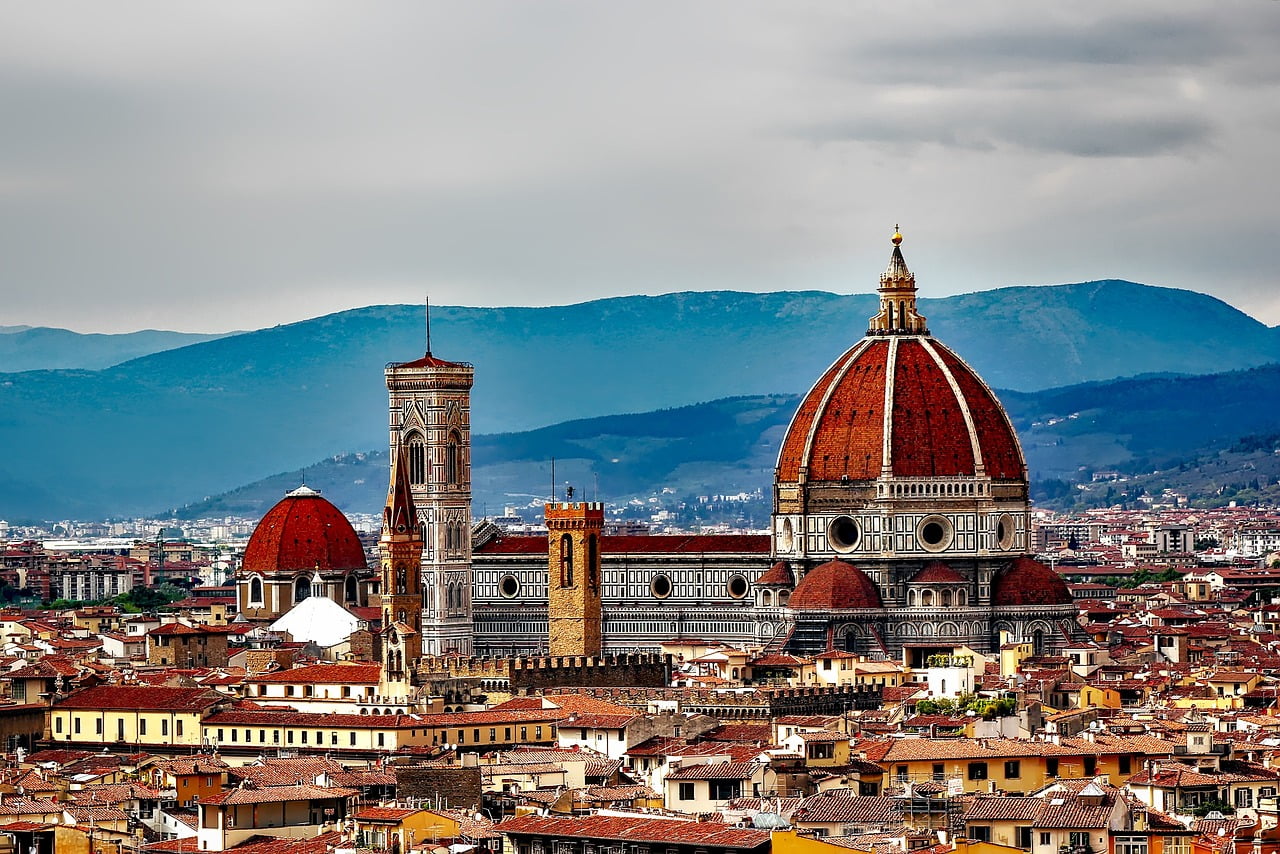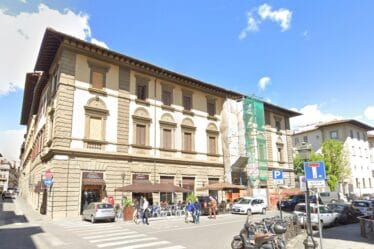
Giotto Dante Bargello Portrait
Rediscovering a Forgotten Masterpiece
Between 1321 and 1337, Giotto and his school worked in two phases to decorate the Maddalena Chapel, located on the first level of the Bargello Palace in Florence. This monumental project included vivid frescoes illustrating the stories of Mary Magdalene, Saint John the Baptist, Hell, and Paradise. Among these scenes, the most historically significant element was the oldest known portrait of Dante Alighieri, Florence’s greatest poet.
During his political life, Dante Alighieri visited the Bargello, which then served as the seat of the Podestà, Florence’s chief magistrate. Ironically, the very building that once welcomed him also sentenced him to exile. Years later, as if correcting that injustice, Giotto and his workshop included Dante in the celestial realm of the blessed, placing him in Heaven in their Last Judgment fresco. This iconic image remained one of the earliest visual homages to Dante’s literary and political legacy.
To learn more about Dante’s time in Florence, visit this page.
Explore more on Giotto’s works here.
3. The Long-Lost Image
Although the city of Florence once honored its beloved poet, the Giotto Dante Bargello Portrait was forgotten when the Bargello Palace was later converted into a prison. Over time, layers of whitewash and neglect hid the frescoes, including Dante’s depiction, from public memory. The story of Giotto’s Dante Portrait is not only about art—it’s a saga of rivalry, ambition, and cultural pride. Restoring the fresco became a symbolic act, reclaiming Dante’s rightful place at the heart of Florence’s artistic and civic identity. Today, the Giotto Dante Bargello Portrait serves as a vital connection between Florentine history, Dante’s exile, and the evolution of Giottesque painting. A must-see for anyone exploring the city’s rich artistic heritage and literary legacy.



